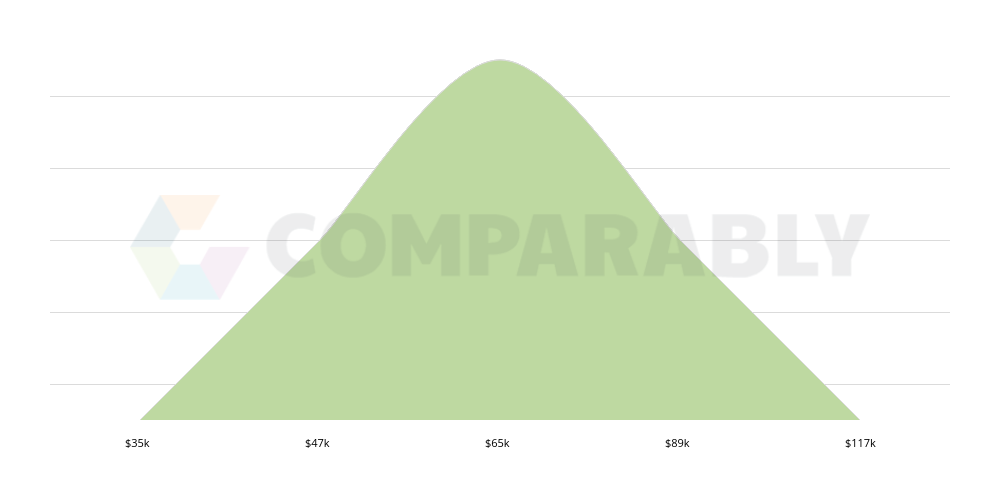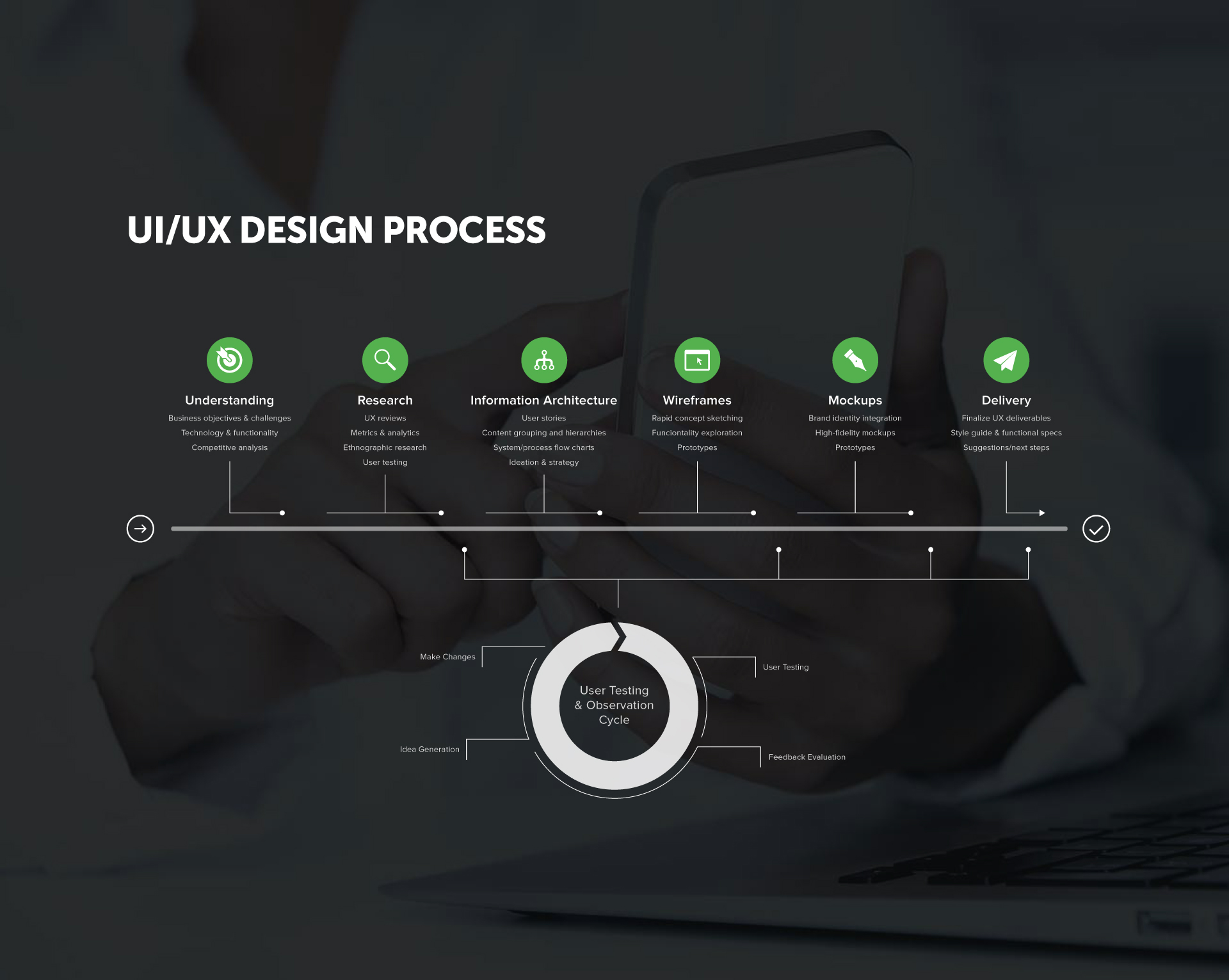
To ensure your website is successful, there are many things you should do. To get the best results, it is important to follow a step by step process. You can start with the big picture and work your way down to the smallest detail.
The first step in any design project involves determining the goal. This will help identify your target market and show you how to make their experience enjoyable. A good understanding of your target audience will increase your chances of selling more products or services through your website.
Once you have an idea of the objectives of your website, you can begin planning its design. Designing for all devices and web browsers is one example. A website that looks amazing will draw visitors. Also, make sure to test the site for compatibility with different devices. Visitors can be exposed to security threats if the site doesn't work with different browsers.

Next, gather images or design assets to your website. You can use them to create a logo or a color scheme. You can also make it easier for visitors to manage your website. You can make managing your site easier by using a CMS (content management system) to create an intuitive interface.
Website content is an important part of any website. Web users want the ability to quickly find what they are looking for. You must create rich, quality content to your site.
Communication is another crucial component of this process. Communication is essential. This includes regular meetings with team members, and the use software like Microsoft Teams. By ensuring that everyone is on the same page, you'll be able to deliver a high-quality product.
When designing your website, you need to think about how you will combine the various elements. If you're creating a site that is focused on commerce, an e-commerce shopping basket should be implemented.

The font styles, font sizes, as well as the colors that will be used when designing a website are all important. After gathering information, you will be able to create a list with all the content needed for your project. Now you can create sketches and present your ideas to clients for their feedback. You should revise your sketches until you are satisfied with them.
Finally, you should check your coding. Any errors you find should be corrected immediately. Many times, minor coding errors can lead to problems in your website that could be harmful to the experience of your visitors. You should also test your site on as many web browsers as possible.
FAQ
Do I have to use a template?
Yes! Pre-built templates and frameworks are often used when building websites. These templates contain all the code needed to display information on your page.
Some of the most popular templates include:
WordPress - The most popular CMS
Joomla - Another popular open source CMS
Drupal - An enterprise-level solution for large companies
Expression Engine is a Yahoo CMS that allows you to create custom CMS sites.
Hundreds of templates are available for each platform, so finding the right one should be easy.
Are there any technical skills required to design and build my site?
No. You only need to have a basic understanding of HTML/CSS. Tutorials that teach HTML and CSS can be easily found online.
What Kinds Of Websites Should I Make?
It all depends on what your goals are. To build a business around your website, you may want to focus on selling products online. To do this, you will need to create a strong eCommerce website.
Other popular types of websites include blogs, portfolios, and forums. Each one requires different skills and tools. You will need to be familiar with blogging platforms like Blogger or WordPress if you wish to create a blog.
You must decide how to personalize your site's appearance when choosing a platform. There are lots of free themes and templates available for each platform.
Once you've selected a platform to build your website, you can start adding content. Your pages can be filled with images, videos and text.
When you are ready to launch your new website, you can publish it online. Visitors can view your site online once it has been published.
How can I make a website for free?
It all depends on which type of website it is. Do you want to sell products online? Start a blog? Build a portfolio?
An essential website can be created using HTML and CSS. This is a combination of HyperText Markup Language (HTML) and CascadingStyle Sheets (CSS). You can create a simple website with HTML and CSS. But most web developers recommend using a WYSIWYG editor (such as Dreamweaver, Frontpage).
Hire a freelance web developer if your skills are not in-depth. They can help you create a custom website based on your needs.
Freelancers can charge a flat fee or an hourly rate. The price of hiring a freelancer will vary depending on how much work is completed within a specified timeframe.
For example, some companies charge $50-$100 per hour. You'll usually get higher rates for larger projects.
You can also find jobs on many freelance websites. It is possible to search on these websites before reaching out directly to potential developers.
How Much Does it Cost to Create an Ecommerce Website?
This depends on your platform and whether you hire a freelancer or go through a service provider. eCommerce sites usually start around $1,000.
However, once you decide on a platform, you can expect to pay anywhere between $500 and $10,000.
A template is usually less than $5,000 if you plan to use it. This includes any customizations required to reflect your brand.
How much do web developers make?
A website is a project you can work on for your own money. You'll likely make $60-$80 an hr. But if you want to charge a lot more, you should consider becoming an independent contractor. It is possible to charge between $150-200 an hour.
What should I include?
Your portfolio should consist of all these things:
-
You can also see examples of your previous work.
-
Link to your website (if possible).
-
Your blog may have links
-
These are links to social media sites.
-
Other designers' online portfolios can be found here.
-
Any awards you have been given.
-
References.
-
Get samples of your works.
-
Links showing how you communicate with clients.
-
Links showing you're willing to learn new technologies.
-
You are flexible, these links will show it.
-
Links that show your personality
-
Videos showing your skills.
Statistics
- The average website user will read about 20% of the text on any given page, so it's crucial to entice them with an appropriate vibe. (websitebuilderexpert.com)
- Did you know videos can boost organic search traffic to your website by 157%? (wix.com)
- It enables you to sell your music directly on your website and keep 100% of the profits. (wix.com)
- In fact, according to Color Matters, a signature color can boost brand recognition by 80%. There's a lot of psychology behind people's perception of color, so it's important to understand how it's used with your industry. (websitebuilderexpert.com)
- It's estimated that in 2022, over 2.14 billion people will purchase goods and services online. (wix.com)
External Links
How To
What is Website Hosting?
Website hosting is the location where people go when they visit websites. There are two types of website hosting:
-
Shared hosting – This is the most affordable option. Your website files reside in a server managed by another company. Customers visiting your website send their queries over the Internet, to that server. The server owner then forwards the request to you.
-
Dedicated hosting: This is the most costly option. Your website resides entirely on one server. No other websites share space on the server, so your traffic stays private.
Because shared hosting is more affordable than dedicated hosting, most businesses opt for it. Shared hosting allows you to have your website run by the company who owns the server.
Each option has its pros and cons. These are the key differences between them.
Shared Hosting Pros
-
Lower Cost
-
It's easy to set up
-
Frequent Updates
-
It is possible to find it on many web hosting companies
Shared hosting can often cost as little as $10/month. But keep in mind that this price usually includes bandwidth. Bandwidth is how much data you can transfer to the Internet. Even if only you upload photos to your blog or website, high-volume data transfers may incur additional charges.
Once you start, you'll quickly realize why you were paying so much for your previous host. Most shared hosts provide very limited customer support. Their techs will occasionally walk you through setting up your site, but you're on your own after that.
It is important to find a provider that provides 24-hour support. They'll take care of any issues that come up while you sleep.
Hosting dedicated:
-
More Expensive
-
Less common
-
Specific Skills Required
With dedicated hosting, you get everything you need to run your website. You don't need to worry about bandwidth usage or RAM (random access memory).
This means that upfront, you'll need to spend a bit more. But once your online business starts, you'll realize you don't need any technical assistance. You'll soon be an expert at managing servers.
So Which Is Better For My Business?
It all depends on the type of website you are creating. Shared hosting might be best if you just want to sell products. It's very easy to setup and maintain. Because you share a server, you will most likely receive frequent updates.
However, dedicated hosting is the way to go if you want to build a community around your brand. It allows you to focus on building your brand and not worrying about managing your traffic.
Bluehost.com has both. They offer unlimited monthly data transfers and 24/7 support. You can also register domain names for free.